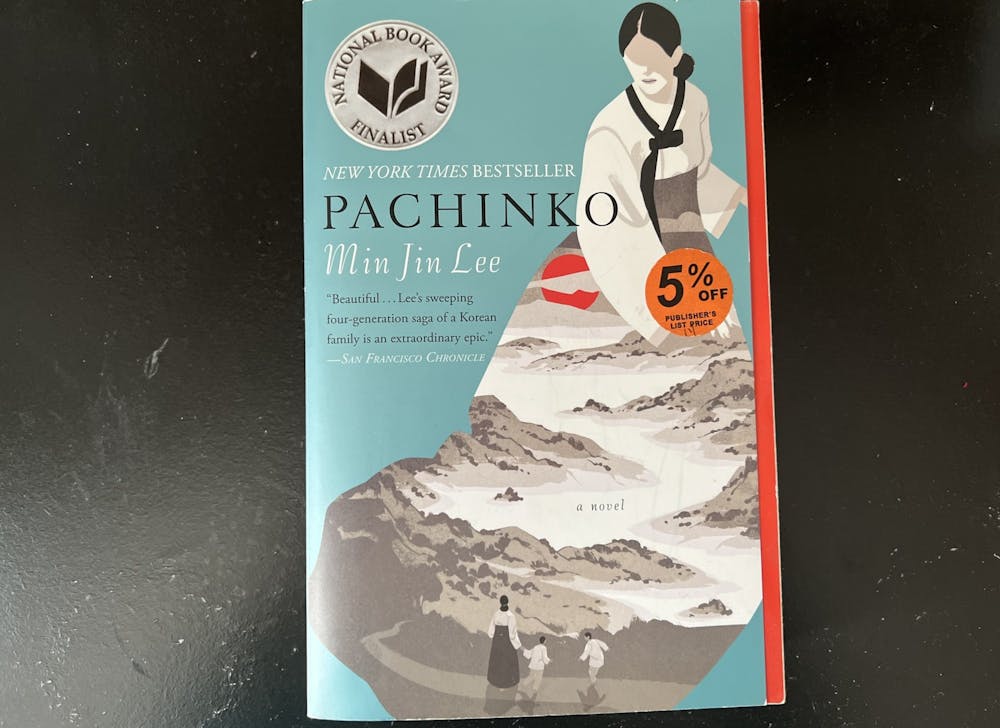About three years ago, I started tracking all the books I read annually in an Excel spreadsheet. This endeavor, though admittedly contributing to my identity as a total nerd, started after I realized how much of my bookshelves focused on the work of 20th-century white men. I started to read more intentionally, choosing more diverse stories by more diverse authors.
Initiatives emphasizing the role of often-marginalized populations — including Black History Month, Women’s History Month and Disability Awareness Month — help draw national attention toward underheard stories. Though these celebrations should not be relegated to a finite number of days, public designations can help people kickstart more intentional learning. To help you read with purpose beginning this March, start with some of my favorite books by female authors:
“Reading Lolita in Tehran” by Azar Nafisi
“Reading Lolita in Tehran” is a memoir written by author and professor Azar Nafisi. It chronicles Nafisi’s life in the Islamic Republic of Iran through reflections on the books she taught her university classes. Readers learn about the historical and political realities of the region while also diving into interpretations of classic literature such as Vladimir Nabokov’s “Lolita,” F. Scott Fitzgerald’s “The Great Gatsby” and Henry James’ “Washington Square.” Disclaimer: This one is built for book lovers, quickly becoming one of my favorites, but it might lose readers without base familiarity with the books Nafisi mentions in the memoir.
“Short Stories by Latin American Women: Magic and the Real” edited by Celia Correas de Zapata
Short stories have been my genre of choice lately. All readers will find something they like in “Short Stories by Latin American Women: Magic and the Real.” This anthology includes selections from 31 authors from more than a dozen countries. My favorite stories include Elena Garra’s “Blame the Tlaxcaltecas” and Cristina Peri Rossi’s “Breaking the Speed Record.”
“Pachinko” by Min Jin Lee
“Pachinko” is a historical fiction telling the stories of generations of an immigrant Korean family. Lee juggles handfuls of characters while developing each of them fully across decades of their lives. It is an epic — fulfilling every definition of the word — making up nearly 500 pages. Prepare to be unreachable for the entire duration of your read: once you crack open the cover, it’s exceedingly difficult to put the book down.
“The Age of Innocence,” by Edith Wharton
“The Age of Innocence,” written by Edith Wharton, won the 1921 Pulitzer Prize for Fiction, making Wharton the first female recipient of the award. An iconic novel, “The Age of Innocence” will have readers both exuberant and openly weeping. It follows 1870s upper-class New York City society members, focusing on protagonist Newland Archer in his impending marriage to the debutante May. Weaving together a story of love and heartbreak, Wharton also introduces May’s cousin, Ellen, as a love interest. Wharton puts every emotion on the human scale to words in this book, and her frank tone left me reeling more than once in my first read. Lines from this book are most apropos for a column on this topic, with dialogue such as: “‘Women ought to be free — as free as we are,' he declared, making a discovery of which he was too irritated to measure the terrific consequences.”
This list, like the duration of Women’s History Month, is limited by nature. Ask your local librarian for additional recommendations for more books of all kinds authored by women of all kinds.




